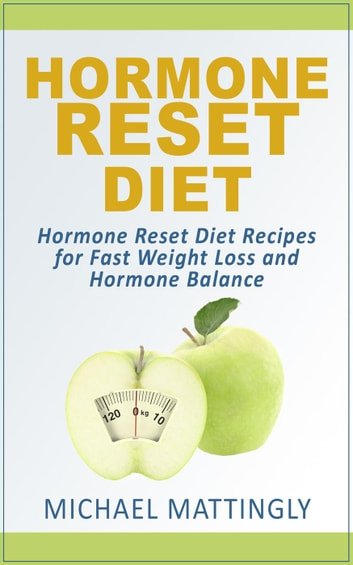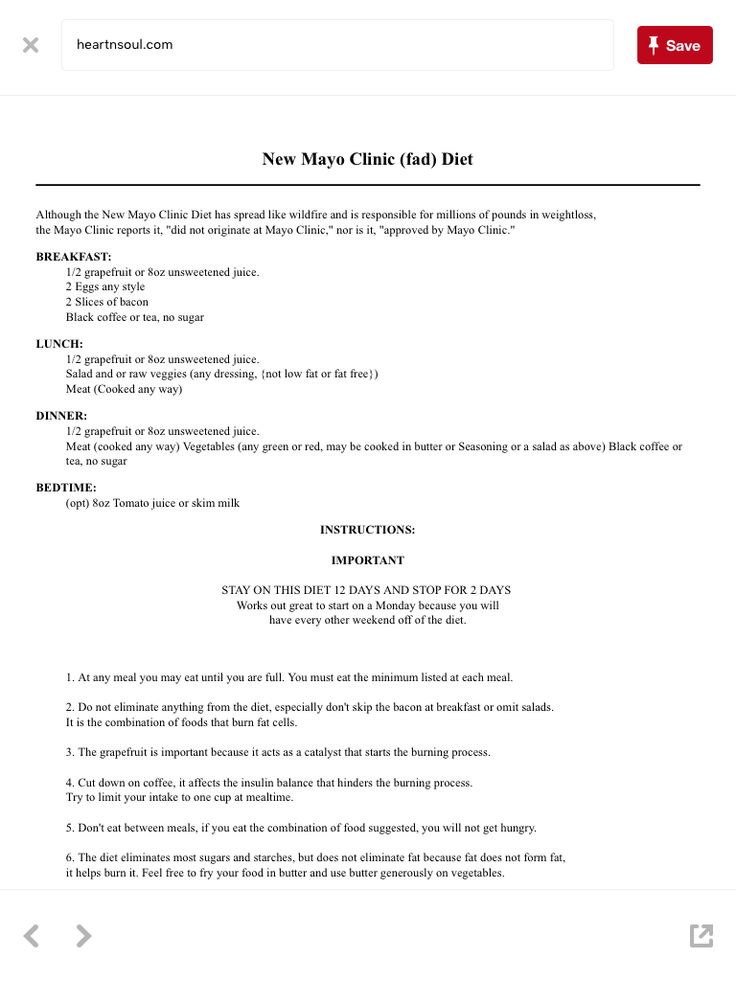
Six-Small-Meals is a diet that offers many benefits. This includes weight-loss and healthy eating. You can get more nutrition, save time, and build muscles by eating smaller meals. Six-meal plans are a better option than three large meals. They keep your body fuller for longer periods of time. For more information, please read on.
The Six-Small Meals Plan encourages healthy eating
A popular diet strategy to lose weight is the Six-Small-Meals plan. This plan promotes eating smaller, more nutritious meals to build muscle and lose fat. The diet promotes lean protein and fiber-rich veggies, while limiting complex carbohydrates. It is not a diet that everyone should follow, but it has helped many body builders as well as fitness competitors.
The small meals strategy is based around the idea that six small meals a day is enough to lose weight. This strategy does not encourage intermittent fasting which could lead to a state of deprivation. Intermittent fasting, on the other hand, is a low-calorie diet that has minimal calories. It is important to avoid fatty, processed foods. You should also drink lots of water to help with digestion and accelerate weight loss.

It's better than three large meals
Research on the benefits to weight loss from a six-meal-aday diet suggests that it is more effective to eat smaller meals and eat less often. A regular diet helps regulate weight by regulating blood sugar and metabolism. But frequent snacking might not be enough to lose weight. Studies show that eating less often can cause increased hunger, which in turn can lead to a greater tendency to gain weight. These mixed results show that six meals per day are better than three large meals.
One study that was done in 2010 involved 27 overweight and obese men. Randomly, the men were given one of two diets. One high protein, one lower protein and one with low protein. Additionally, they were randomly assigned to three to six meals daily. Researchers hypothesized that these strategies combined increased levels of the satiety hormones leptin and ghrelin, improved peripheral circadian rhythms and increased stress resistance.
It saves time
By consuming six meals per day, a plan to lose weight can save you time and eliminate the need to prepare multiple meals. You can reduce the time required to prepare meals by having six meals per day instead of three. A meal can be protein shakes that contain yogurt, fruit, or protein powder. You may also find flax seeds and wheat germ in these shakes. Protein shakes can also be eaten between meals.
It is well-documented that a 6-meal-aday diet for weight loss can have many benefits. It has been shown in studies to lower blood sugar and increase appetite control. While it can be difficult to follow a plan with this many meals, it's important to make sure you stick to it. By sticking to six meals per day, you can save time and avoid the temptation of skipping a meal or snack.

It builds muscle
For building muscle, a six-meal-per-day meal plan is the best. It contains a lot protein and is low carbohydrate. It contains a lot of antioxidant-rich food, which improve blood vessel and fight inflammation. This helps accelerate the aging process. Many people prefer to exercise in the mornings. However, the 6 meals per day weight loss plan helps build muscle.
A typical skinny man needs 174g protein, 325g complex carbohydrates, 52g healthy fats, six portions of fresh fruit and vegetables daily. For a 130-pound guy, the macronutrients quota is split over six meals. You should remember that protein, the most important macronutrient, is essential for muscle building. Every day you should ensure that you are receiving the right amount of macronutrients.
FAQ
What should you eat while intermittent fasting?
The best way to lose weight is to cut out carbs. This means that you should cut out carbohydrate-based foods like bread, pasta and rice.
Because it makes you feel fuller, you'll want to limit your intake of protein. So you won't feel hungry as often.
Focus instead on healthy fats such as avocado, olive oil, nuts, seeds, and peanut butter. These foods help keep you satisfied for hours after eating them.
It is vital to ensure that you are drinking enough water. Water can help you lose fat by keeping you hydrated.
It is possible that you will find yourself craving these foods while you are fasting. But that doesn't mean you have to give in to those cravings. If you do this, you might gain more weight that you have lost.
Try to limit how many calories you eat each day. This will help prevent you from overeating. When hunger strikes, drink a glass of water instead of reaching for another snack.
Although it might seem counterintuitive, this is actually proven to be a great way to lose weight. A study published in Obesity found that participants ate fewer calories when they drank plain water than sugary drinks.
Consuming water plainly also helped to decrease hunger. You can lose weight by avoiding sweetened drinks and sticking to water.
You don't have to eat every calorie or avoid certain foods if you are trying to lose weight. Instead, make small lifestyle changes.
One way to start is by substituting your typical breakfast sandwich with a bowl of oatmeal. Or swap your afternoon cookie for a piece of fruit.
These easy changes can help you lose weight and keep your kitchen clean.
Are there any side effects to intermittent fasting
Intermittent fasting is safe and has no side effects. But, it is possible to experience minor side effects if you plan poorly.
You might feel irritable if you skip breakfast. You might also experience headaches, dizziness, fatigue, and muscle cramps.
These symptoms typically disappear in a matter of days.
What's the best exercise for busy people?
Doing exercises at home is the best way to stay in shape. It doesn't take much to get fit. You can do simple exercises at home without spending much money on equipment.
It is all that you need: a pair or dumbbells, a pad, a chair and a timer.
You must be consistent with your training. If you are absent for a few weeks, you could lose your motivation.
A great way to start off would be to try lifting weights three times per week. This could include push-ups/pullups/squats/lunges, pushups/pullups, dips/curls, and so on.
Once you've mastered the basics, you can start to move on to other types of exercise such as running or jumping rope, skiing, yoga, Pilates and dancing.
You should choose an exercise program that suits your life. If you work long hours, you may want to avoid exercise programs that consume too much energy.
If you are a night owl you should exercise during the evening instead of in the early morning.
Be aware of your body and rest when you feel tired.
Statistics
- Another study found that 24 weeks of weight training led to a 9% increase in metabolic rate among men, which equated to burning approximately 140 more calories per day. (healthline.com)
- According to Harvard Health, it's estimated that a 155-pound (70-kg) person burns around 167 calories per 30 minutes of walking at a moderate pace of 4 mph (6.4 km/h) (5). (healthline.com)
- According to Harvard Health, it's estimated that a 155-pound (70-kg) person burns roughly 112 calories per 30 minutes of weight training (5). (healthline.com)
- One 6-month study showed that simply doing 11 minutes of strength-based exercises 3 times per week resulted in a 7.4% increase in metabolic rate, on average. (healthline.com)
External Links
How To
How to do Intermittent Fasting (IF)
Intermittent fasting is a dieting method where you normally eat one day per week, usually Monday through Friday. This is a way to cut down on calories while still getting enough nutrition. It's believed that this helps burn fat faster than if you were eating normal meals throughout the entire week.
The most popular form of IF is to limit calories to certain days. This means that you might skip breakfast every day and then indulge in whatever food you desire throughout the day. You could also choose three small meals instead of two large meals per day.
There are many types of intermittent fasting. There are pros as well as cons to each form of intermittent fasting. Alternate day fasting, which doesn't require you to change your lifestyle, is the best way to get started. Some people may find it difficult to adhere to such a strict schedule, so they might try other methods.
If you're looking to start an intermittent fasting routine, I recommend starting with alternate-day fasting. This will allow to slowly transition to more extreme fasting regimens without drastically changing your lifestyle.